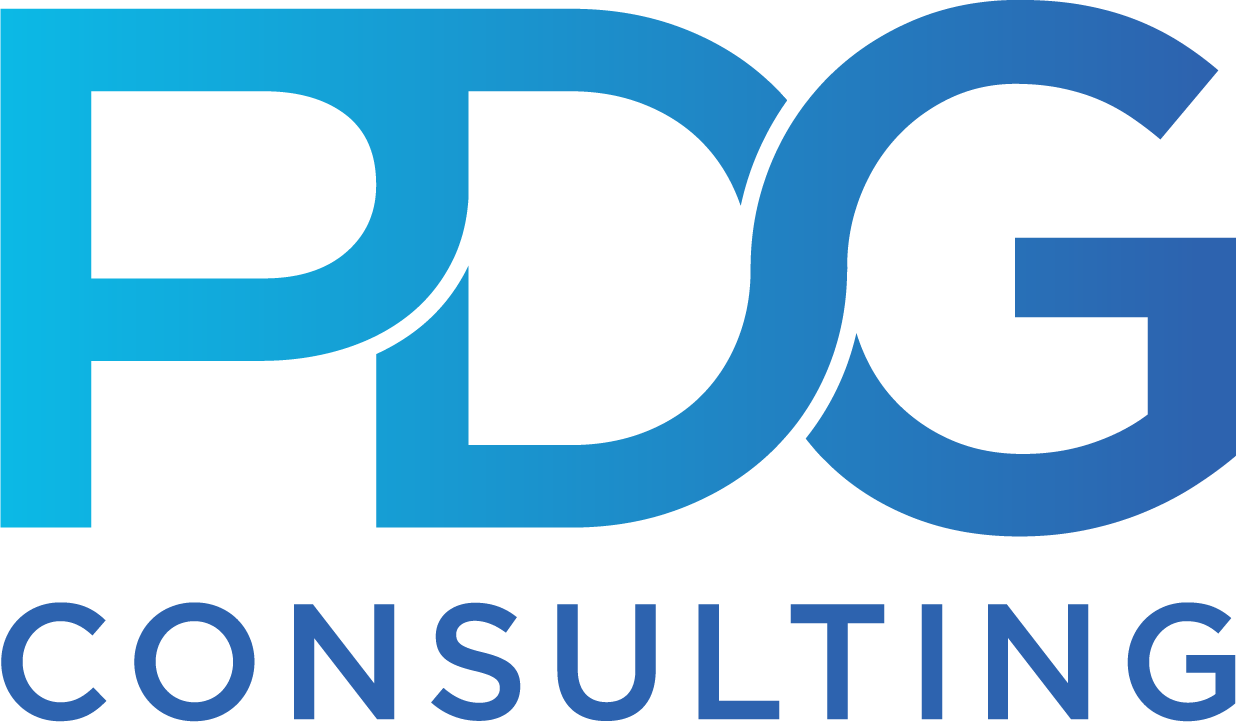Cloud Migration: Smart Ways to Make the Move

The cloud is critical to business success.
According to predictions from research firm Gartner, by 2025 companies will use cloud-native platforms to deploy 95% of new digital workloads, up from just 30% in 2021. What’s more, 85% of organizations are now on track to adopt this cloud-first principle by 2025, which includes not only a shift to cloud services but a recognition that effective digital transformation strategies are impossible without the use of cloud-native solutions.
The challenge? Streamlining the shift from on-prem to cloud-based services. Here’s why: While recognition that cloud services are necessary is the first step in effective transition, it’s easy for companies to over-spend or under-commit, in turn making it difficult to get the most from cloud computing platforms.
In this piece, we’ll break down the benefits of cloud migration, explore common strategies for the shift, and offer seven smart ways to make the move.
Converting to the Cloud: Why Migrate?
For many companies, the prospect of moving to cloud services comes with a question: Why now?
It makes sense: If current technologies and processes are working as intended, why upset the digital apple cart by introducing new frameworks and functions that could temporarily impact performance? In practice, however, sticking with legacy solutions comes with five substantial drawbacks.
Technology Sprawl
In an on-premises environment, technology sprawl is par for the course. It starts simply enough: Teams implement a new solution to solve a department-specific problem. Other teams, meanwhile, adopt slightly different solutions to solve similar problems, leading to a host of solutions running in parallel and completely cut off from one another. This leads to the downstream issue of siloed information, in turn creating a paradox: Efforts to deploy new technologies ASAP lead to reduced efficacy over time.
High Maintenance Costs
Keeping applications and data close to home offers the benefit of control but also comes with significant, ongoing maintenance costs. Here’s why: Hardware, software, and software licenses must be continually managed, maintained, and upgraded. Consider a server reaching end-of-life. Not only do companies need to purchase a replacement but ensure all data and software make the move intact, in turn costing time and money.
Performance Problems
Legacy tools and technologies simply aren’t designed to make the best use of cloud frameworks. This creates a situation where performance is naturally capped by the physical and digital constraints of existing tools.
Security Challenges
Cybersecurity is constantly evolving as attackers look for new ways to compromise corporate systems. In a cloud environment, new security updates can be automatically applied to reduce total risk. On-premises, however, gaps in hardware or software security could provide routes for critical compromise.
Scalability Issues
On-premises hardware comes with fixed capacity. If companies want to scale up available storage or compute resources, it requires the purchase and installation of new hardware. In some cases, legacy systems don’t support this type of horizontal scaling, meaning companies may need to entirely replace current hardware.
Making the Move: Common Strategies
Depending on what you plan to move and where you plan to move it, different migration strategies offer differing benefits. Here, four broad approaches are common.
Rehosting
Also known as “lift and shift”, this migration approach sees companies moving applications and associated data to the cloud. This process is typically handled by IT departments and uses infrastructure-as-a-service (IaaS) solutions offered by cloud service providers (CSPs) to accomplish the goal.
Replatforming
Sometimes called “lift and reshape”, this strategy involves moving functions to the cloud without rewriting core architecture. For example, companies might choose to migrate their on-prem database or storage to the cloud using platform-as-a-service (PaaS) options.
Refactoring
Refactoring, or rewriting, is the process of migrating apps to the cloud by rewriting them to meet cloud-native standards. While this process requires significant time and cost investment up-front, it can offer long-term benefits if done correctly.
Repurchasing
Also called replacing, repurchasing moves both applications and data to a cloud-native product using software-as-a-service (SaaS) solutions.
Getting it Right: Seven Ways to Streamline the Shift
When it comes to cloud migration, there’s no one-size-fits-all framework. Depending on your current state of cloud adoption, your preference for public, private, or hybrid environments, and your existing budget for the move, what the shift looks like for your organization should be reflective of what you need, not what other companies are doing. In other words, it’s not worth adopting the cloud simply for cloud’s sake.
While the result of cloud deployment looks different for every company, there are commonsense processes that can help streamline the shift.
1) Assess Your Needs
The first step in cloud migration is figuring out what you need and why you need it. Here, six questions can help set the stage.
- Why do you want to move?
- What are your objectives?
- What are your ROI goals?
- How old is your current infrastructure?
- What is your timeline for migration?
- Do you want to retrain staff or hire a third party?
Taking the time to answer these questions helps establish a firm foundation for your cloud move.
2) Evaluate What You’ve Got
Next, you need to evaluate what hardware, software, and other technology solutions you currently have and how they factor into cloud moves. This includes identifying potential components for migration, pinpointing which tools and data need to stay in-house, and analyzing application dependencies to understand the impact of changes on your IT environment at scale.
3) Select Your Migration Strategy
Depending on your current needs and components, select the migration strategy that makes sense for your organization. For example, if you have legacy applications that contain valuable data but can’t operate in the cloud, consider repurchasing. If you have more modern databases that support cloud functions, consider rehosting or replatforming.
4) Choose Your Components
What are you going to move, and what’s staying close to home? By preselecting the components you want to move and conducting an audit of component interdependencies, you can streamline the migration process.
5) Prepare Cloud Infrastructure
Using migration services from CSPs can help prepare cloud infrastructure in advance with prebuilt environments and controls. It’s also a good idea to create backup and recovery plans in case cloud moves encounter issues.
6) Backup, Test, and Pilot Your Migration Plan
Before making the move, back up your existing system. Then, test all components for potential dependency conflicts or performance problems. Finally, pilot your move in a cloud test environment to identify and eliminate friction points.
7) Migrate and Manage the Move
With components selected and environments tested, it’s time to make the move. Best bet? Opt for slow and steady over fast and furious. Incremental migration may take longer but also provides the opportunity to make changes as needed. Once migration is complete, perform a detailed analysis to ensure performance, security, and stability are as expected.
Need help making the shift from on-prem to the cloud or integrating new cloud applications and environments across current IT stacks? See how PDG Consulting can help.
Latest
Liberty Hill and PDG: Visualizing Justice through Data
March 1, 2023
See how PDG's custom data visualization platform is helping Liberty Hill pinpoint the data needed to tell this story and fuel campaigns that aim to end the practice of arresting and incarcerating youth and putting in its place investments in youth development in our newest Customer Success Story.
Proof of Concept: Facilitating the Future of M&E Enterprises in the Cloud
Technology,OTT,Media & Entertainment
February 27, 2023
For media and entertainment (M&E) enterprises, moving to the cloud offers many benefits in future-proofing their frameworks. Learn more from our software engineers about how to properly facilitate best practices for cloud computing in today's article.
Is Blockchain the next GPT?
January 30, 2023
Curious to know if Blockchain technologies is displaying all the signs of becoming the next GPT? Our Founding Partner at PDG, Brennan Binford, discuses the concept of Blockchain and what you should expect in the future of General Purpose Technology.
by Brennan Binford - PDG Consulting



